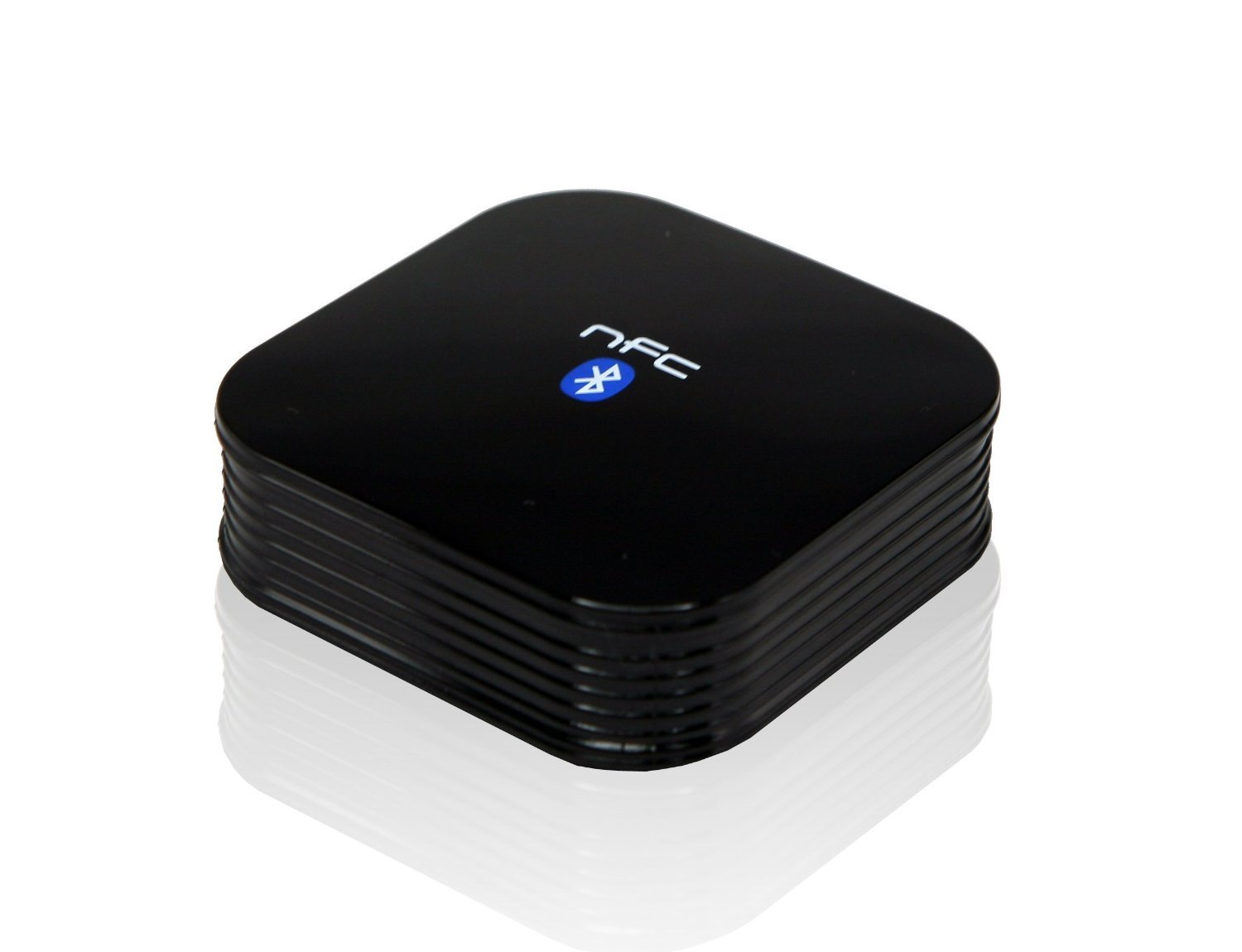Windows 10 was globally launched on July 29, 2015 and consumers with Windows 7, 8, and 8.1 starting to receive free upgrade notifications. These free upgrades will be available only within the first year of the Windows 10 release. But many are asking whether they should upgrade or not. Here are a few things to consider before upgrading to Windows 10.
First, the pros. Windows 10 fixes so many of the issues with Windows 8 that people have been griping about. The start button (it’s actually a “start menu” but we all just really care about having our start button back on the bottom left of our screen) has finally returned! That’s probably the number one complaint with the prior version, so the most popular reason to upgrade to Windows 10. But there are other improvements, including a digital assistant (think Siri but for your computer). Even the browser has been changed to Edge (you can still use Chrome or even Explorer, if you so choose). Tech reviewers agree that Windows 10 is an excellent operating system and unless you shouldn’t upgrade for specific reasons (which I talk about below), then upgrade right away!
Many computers are ready to be upgraded—including Lenovo, the brand of computers and servers that Rent-A-Nerd, Inc. exclusively sells because of their reliability, durability, and other factors. Note that our experience has been that upgrading from Windows 8 to Windows 10 goes very smoothly. However, there have been a number of issues when upgrading from Windows 7 to Windows 10.
Further, some computer drivers (the software that allows your computer to communicate with hardware and other devices) may not be compatible, which is certainly a big concern when upgrading to Windows 10. Some manufactures simply are not fully prepared for this release. For example, according to Sony’s website, their drivers are still in the process of being prepared to support Windows 10 and may not be available until October, 2015 for Windows 8.1 pre-installed computers, and November, 2015 for Windows 8 pre-installed computers. Before performing the upgrade, check with your computer manufacturer to verify that its drivers are ready for Windows 10.
Another consideration is whether the third-party software that has been installed on your computer is compatible. This includes software installed after the purchase of your computer, such as AutoCAD, Adobe Photoshop, QuickBooks, and the like. If you have any third-party software installed, identify your version, contact the software company, and verify the version that you are using will support Windows 10. Otherwise, a free Windows 10 upgrade could end up costing you hundreds of dollars in order to upgrade all of this software.
System requirements are additional factors that you should consider before upgrading. Windows 10 minimum requirement are as follow:
- CPU: 1Ghz or faster
- RAM: 1GB 32bit or 2GB for 64bit
- Hard Disk Space: 16 GB 32it or 20GB for 64bit
- Graphic Card: Direct 9 or later with WDDM 1.0 driver w/ 800×600 resolution or better
Lastly, peripherals devices, which include any devices that are connected to your computer, such as your mouse, keyboard, printer, scanner, etc., must be compatible. You should check with the device manufacturer to make sure software/drivers are available for Windows 10. Here is a link for HP supported printers (the most popular printers, so the most likely peripheral device that you’ll need to consider) for Windows 10. There are similar sites for other devices.
But never fear. If this is all a bit overwhelming or complicated, the Nerds are here to help. If you are unsure whether to go forward with a Windows 10 upgrade, contact Rent-A-Nerd, Inc. (504-454-6373) and let our skilled technicians determine your computer’s compatibility with Windows 10 and perform the upgrade, ensuring a smooth and painless transition.






